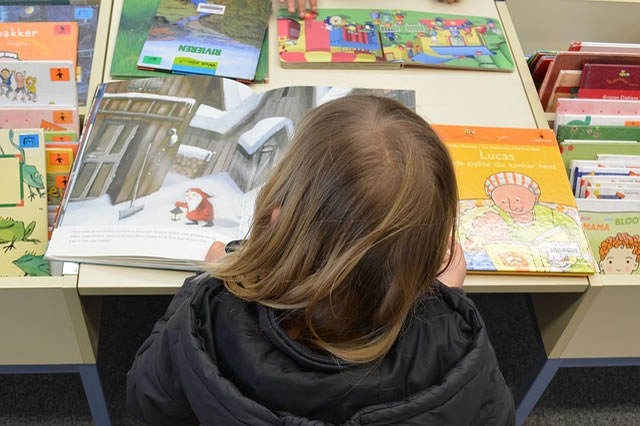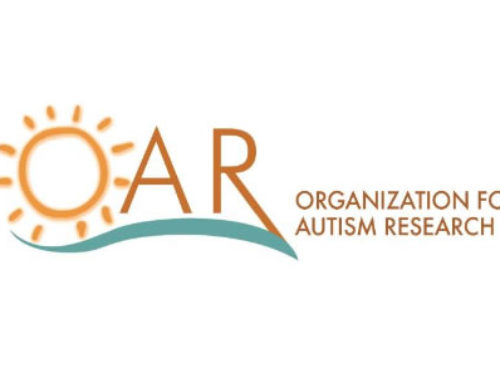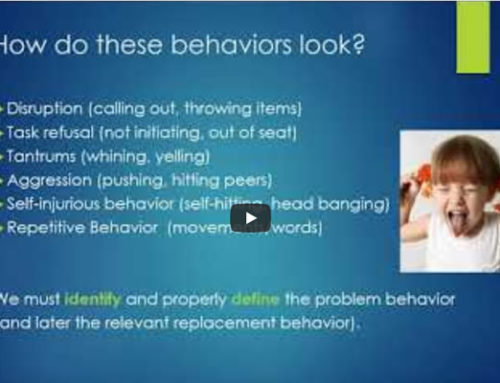Creating the Best BIP for Your Child
By: Dr. Jane Barbin, PhD, BCBA-D, LBA
In our last newsletter, we introduced the concept of conducting a Functional Behavioral Assessment (FBA) to identify the “reasons” problem behaviors occur. Once the FBA is created and a function or functions have been identified, the team next determines if a Behavior Intervention Plan (BIP) is needed. Sometimes a formal plan is not needed and the behavior can be addressed through procedures in the classroom or program, but often a BIP is required. Now we must create proactive and responsive strategies that fit with the reasons(s) the behavior is occurring. There must be a match between function of the behavior and the intervention strategies chosen to set the plan up for likely success. For example, teaching the child to ask for help or a break would fit if screaming was found to have “escape” as the function (i.e., the child is trying to get out of a task or demand). At the risk of being too simplistic, if the function of screaming was found to be attention-seeking in nature, then “planned ignoring” should be considered as the intervention. Clear, straightforward BIPs will include an outline of replacement skills the child should be taught (and how to teach them) which any adult could pick up and understand. This does not mean they are general or loose strategies for the team to check off in order to state that a BIP was created. Goals should be set and included in the IEP, if the BIP is not part of the student’s IEP. Counties differ on how this is handled, with the best approach being that a student’s BIP is included as part of the child’s IEP. Stay posted for the continuation of this topic in Part 3 of our series…Coming Soon!
Related Articles
Managing Behavior to Improve Your Child’s Potential (Part 1 of Series)
Managing Behavior to Improve Your Child’s Potential (Part 3 of Series)








